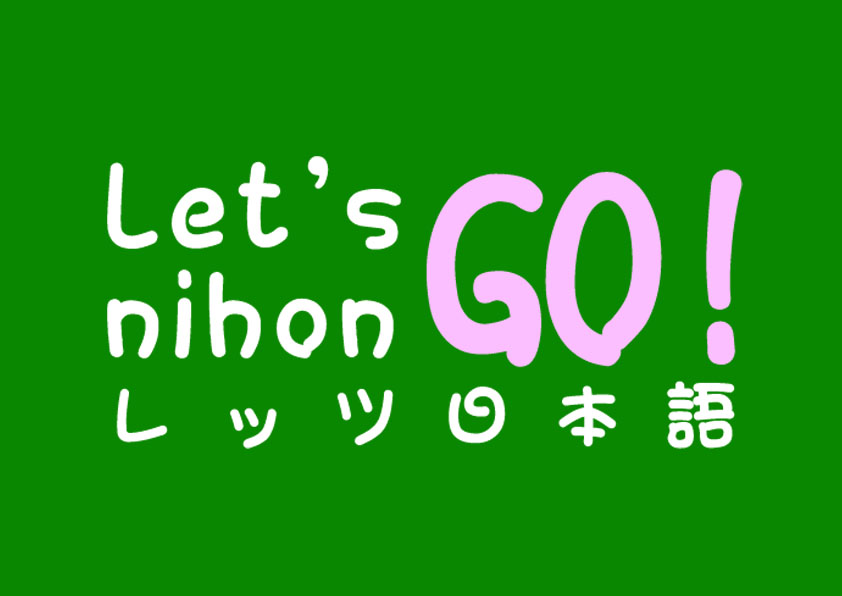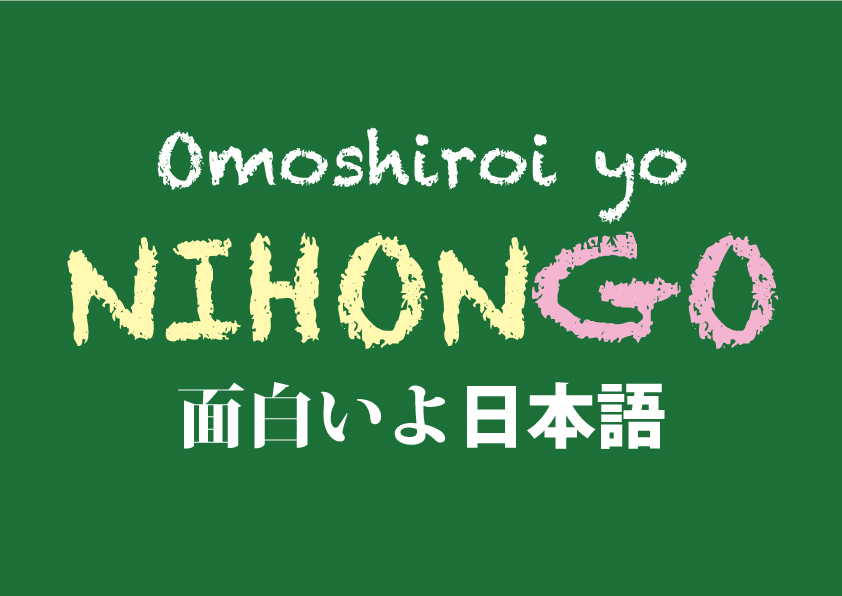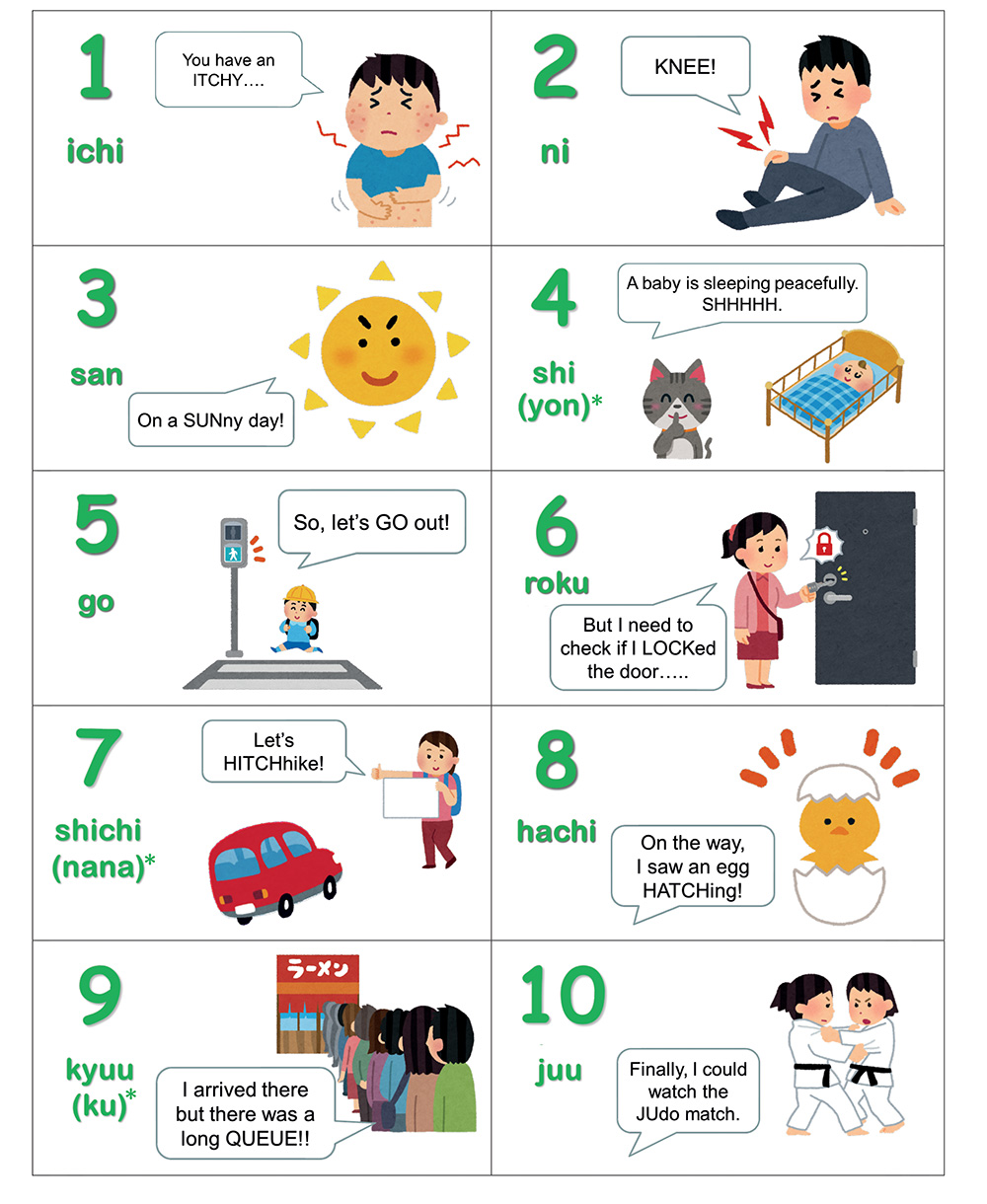
Hello there! This column will include useful Japanese phrases that cover a variety of topics.

Konnichiwa, Mina-san! (Hello, everyone!) Last time I taught you how to ask in Japanese how much something costs when shopping in Japanese.
In this column, “Shopping Part Two”, I’m going to teach you how to talk about your opinions regarding what you have bought. For example, what if you think something is a bit too expensive or what if you want to ask the shopkeeper for a discount? Or how about praising what you have bought and maybe as a result putting a smile on the shop assistant’s face?
Let’s pick up where we left off in last month’s column. Imagine you’re in a Japanese souvenir shop. Now imagine you’ve just seen the most adorable purse.
(S=Staff, C=Customer)
C: Waa, kawaii.
わぁ、かわいい。
(Wow, that’s so cute!)
Sumimasen, Kore ikura desuka?
すみません。これいくらですか?
(Excuse me, how much is this?)
S: 6500 en desu.
6500えんです。
(That’s six thousand five hundred yen.)
C: Chotto takai naa.
ちょっと たかいなぁ。
(That’s a bit expensive, isn’t it?)
Let me explain three points from the above dialogue. First up: “waa”. Just like “wow” in English, “waa” is an exclamation used when you’re surprised or moved. There are lots of exclamations like this in Japanese, such as “waa” or “oo”. The second point I want to explain is “kawaii”. I bet some readers already know this word. “Kawaii” means “cute”. Japanese culture is famous for valuing “cuteness” and Japan is full of cute things. Why not go to Japan and discover these for yourself! There are also lots of other useful words to talk positively about items you have seen in shops, like “suteki (‘brilliant’)” or “kakkoii (‘cool’)”.
Finally, I’ll talk a bit about “chotto takai naa”. “Chotto” is Japanese for “a little” and “takai” means “expensive”. Then that “naa” on the end of the sentence means “isn’t it?” or “don’t you think”? If you translate this sentence literally it means: “That’s a bit expensive, isn’t it?” But, in Japanese, lots of sentences have hidden, unspoken meanings. Adding the “naa” on the end of the sentence also conveys this unstated meaning to the sentence: “This is too expensive! Not just ‘a little bit’ but a lot! Could you make it cheaper for me?” So if the shopkeeper hears you say “chotto takai naa”, he or she understands that really what you’re asking for is for them to make it cheaper (even if you’re not stating it directly) and might give you a discount. However, this technique only works in independent shops, like some souvenir shops or markets. A department store or a convenience store or similar will never give you a discount just because you try to get them to lower the price, so don’t try your luck there!
Next month, I’ll teach you how to introduce yourself. Up to now, we’ve gone over how to order in a restaurant, how to ask directions, how to ask about the price of things and how to express opinions on items in a shop. If you speak in Japanese in Japan, your conversation partner (like a waiter in a restaurant or a person you ask for directions or a shop assistant in souvenir shop) might ask you some questions in turn, like: “where are you from?” or “what’s your name?” So I’ll teach you how to respond to those sorts of questions!
Sayoonara, Jaa mata!
さようなら、じゃまた!
(Goodbye, see you!)
KANA. U
▶ Check out this information on making brief comments about items in a shop:
http://a1.marugotoweb.jp/can-do.php?cd=41
▶ ‘Minato’ – learn japanese and interact with fellow students around the world online.
https://minato-jf.jp/





